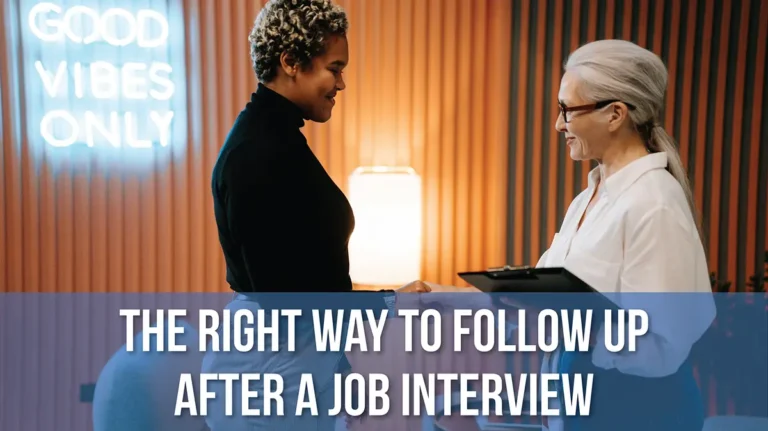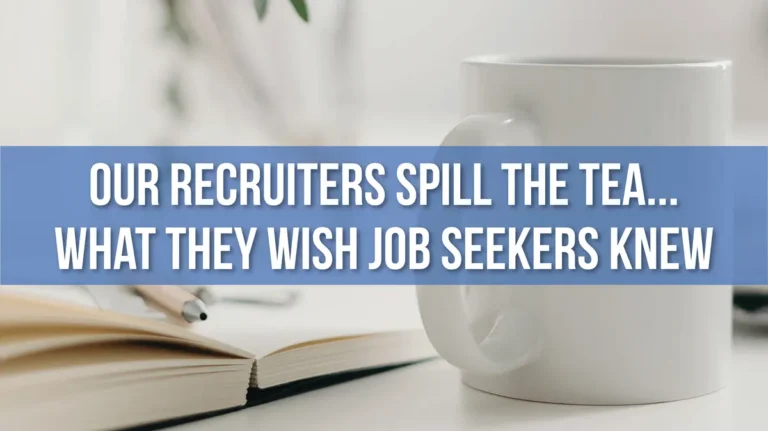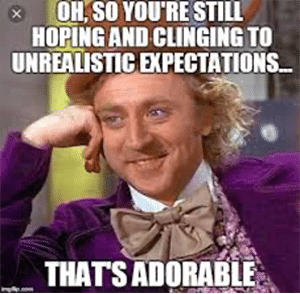The Frustrating Answer to “How Fast Can We Fill This Job?” Explained
As an employer with an open job position, the first thing you want to know is, “How fast can we get this position filled?” and the last thing you want to hear in response is, “It just depends…” The reality is, whether you’re working with your internal HR team, or an external recruiting agency, the answer truly is: it depends.
We know that’s a frustrating answer, but let’s break it down to discover why it’s also the most accurate response and how you can better determine what to expect.
Consider the national average of the time to fill any open job position: 14-63 days. That’s a huge range of time! One of the biggest factors in determining this timeframe is the skill set required for the role you’re trying to fill. The more in-demand the required skills are, the more competition there will be for those candidates. Likewise, the more obscure or technical the skill set is, the fewer candidates with the required experience there will be. Each of these scenarios will result in a longer time to fill.
Geography also plays a large role in determining the time to fill a position, especially with the new increase in remote offerings nationwide. Companies with remote opportunities are experiencing shorter hire times because they have a larger pool of candidates and are able to expedite the interview and hiring processes. The increase of remote offerings is changing the talent market exponentially and is a huge new consideration for employers to contend with. For many companies or positions, it doesn’t make sense to have remote offerings. Therefore, they have a smaller geographic candidate pool to pull from, which is simply another factor to consider when determining the time to fill a position.
You can get a better idea of your potential time to fill a position by asking these questions ahead of time:
- How quickly will resumes be reviewed upon receipt?
- How soon should a candidate expect to hear if they’ve been selected for an interview?
- How many interviews will candidates go through, and what is the timeframe and criteria for choosing candidates to move forward or not?
- Will pre-employment testing be administered, and at what point in the process?
Regardless of the factors you’re contending with, you can greatly reduce your potential time to hire by optimizing of the variables you within your control. If you have a formalized hiring process in place that is organized, efficient, and consistent, you’ll be able to more effectively communicate with and evaluate potential candidates and move them through the process quicker.
You can make a great start to optimizing your process by answering these questions with your hiring team:
- Where will the job postings reside and who will be responsible for managing them?
- Who is responsible for the initial review of resumes?
- Will interviews be virtual, in person, or by phone and who will conduct them?
- How will the final hiring decision be made, and by whom?
Sometimes having an open job position is great news and means your company is growing, while other times it’s not-so-great news from unexpected turnover. Regardless of why you have an open position, you need to manage the process well in order to reduce potential lengthy time-to-fill ratios. We understand the answer, “it depends” isn’t what you’re looking for and may not be very helpful. Our intent in discussing the above factors is to not only explain why hiring times are getting longer but also to assist you in better determining what to expect throughout the process and enable you to plan accordingly.
Whether you want insight into your hiring process or need assistance in filling an open position, our experienced recruiters are here to help. We will give you accurate and honest feedback regarding what to expect and how to better navigate the ever-changing landscape of today’s talent market.








